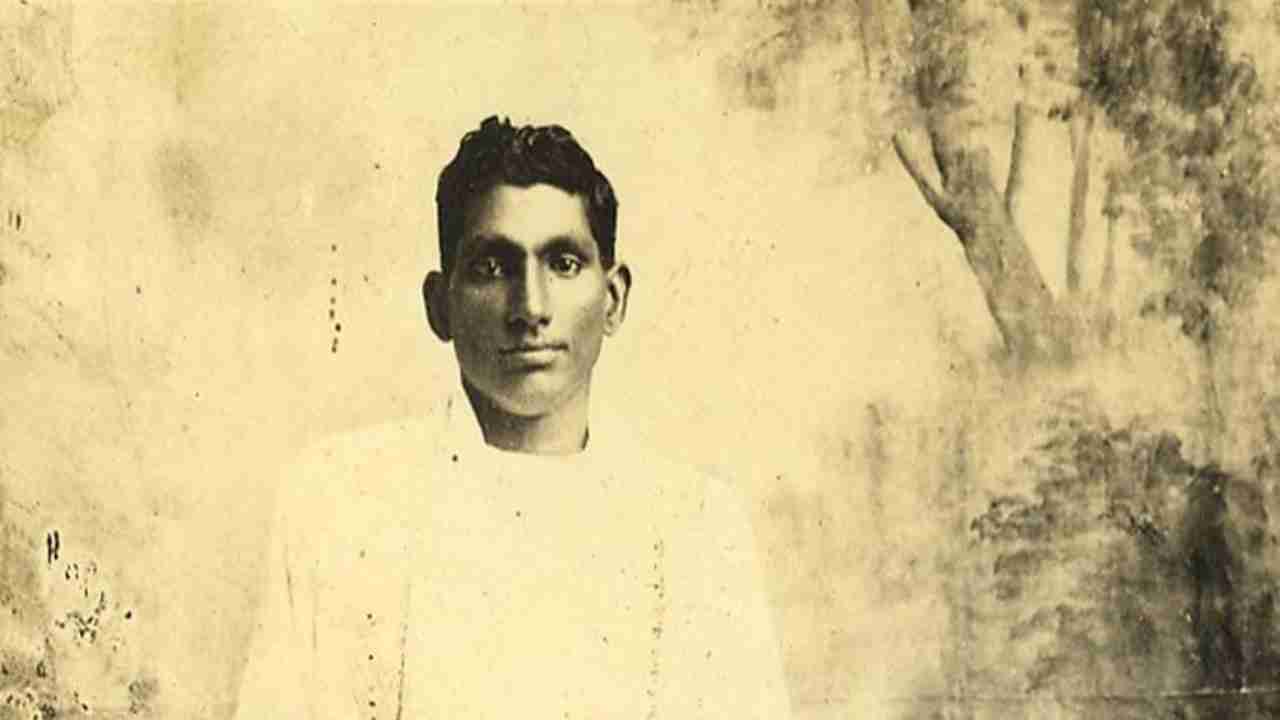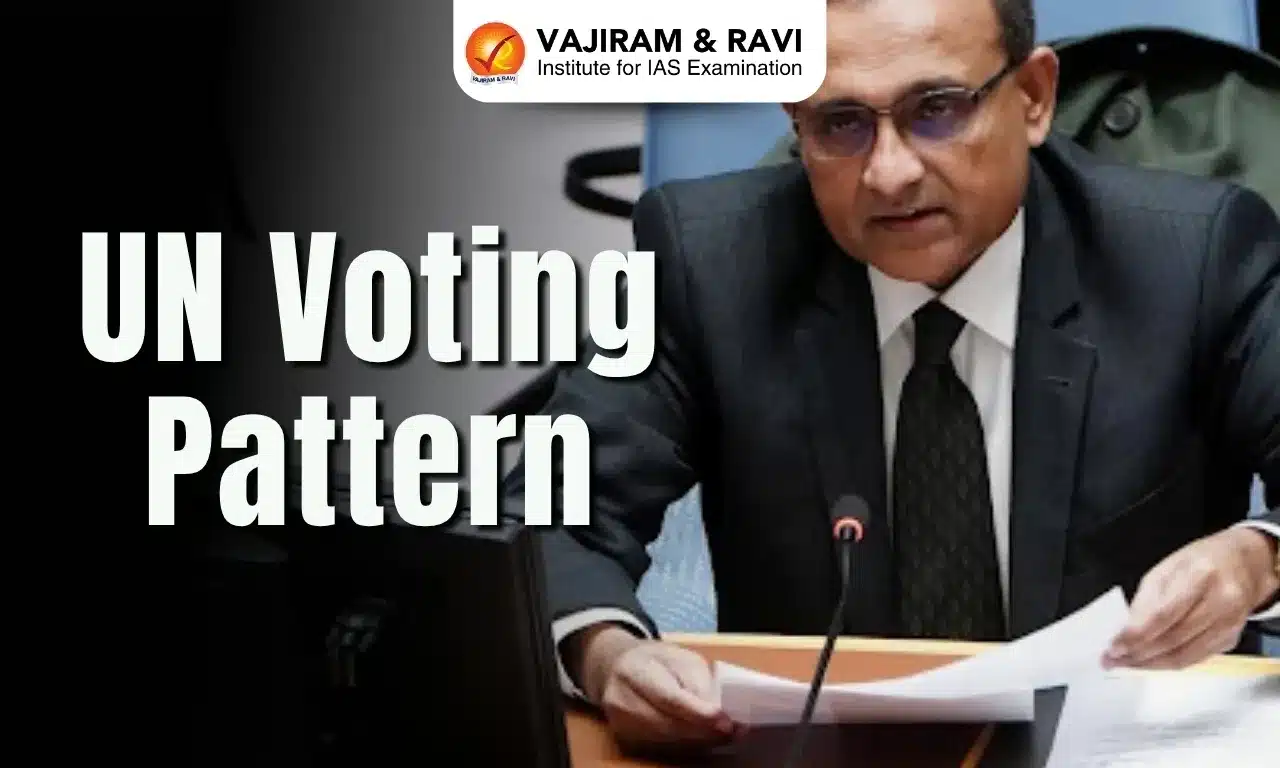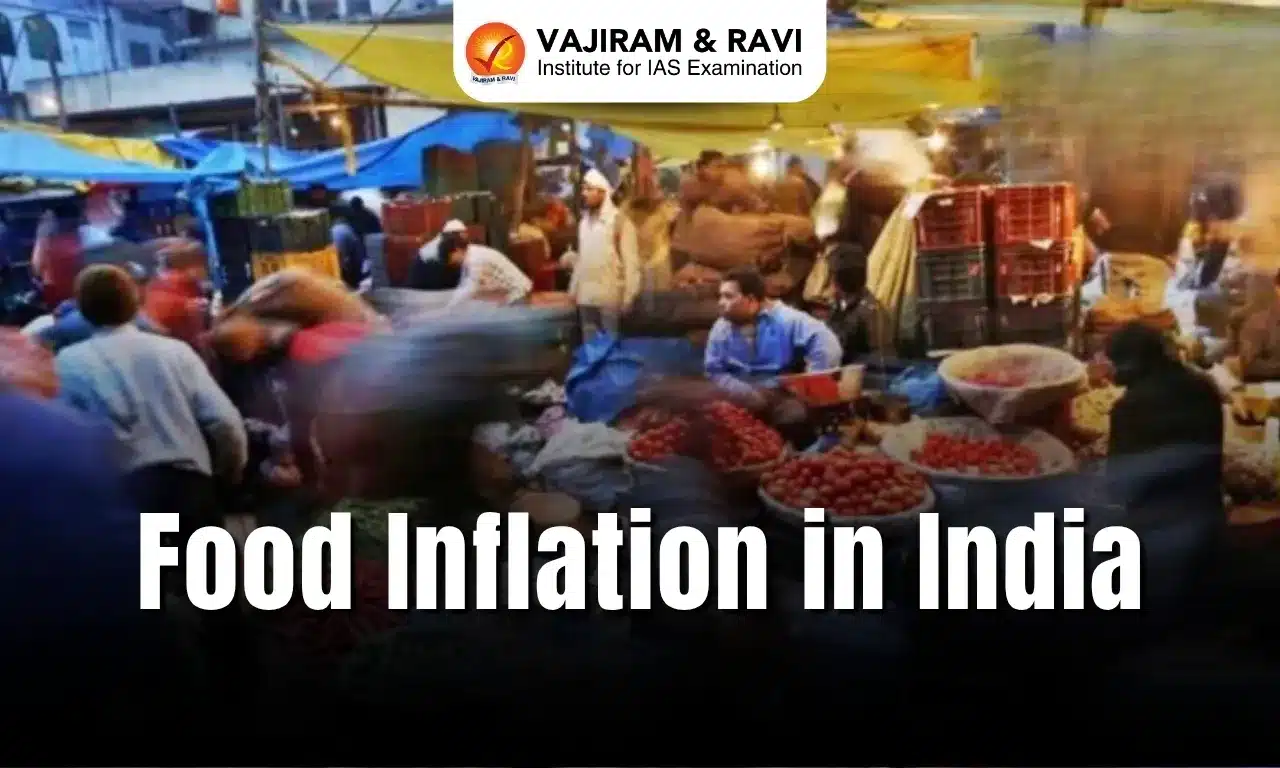What’s in today’s article?
- Why in News?
- About Vaikom Satyagraha
- Background
- Beginning of the Movement
- Prominent Social Workers who Joined the Movement
- Role of Gandhiji in the Movement
- Significance or Impact of Vaikom Movement
Why in News?
- Kerala Chief Minister Pinarayi Vijayan and Tamil Nadu Chief Minister MK Stalin jointly inaugurated the centenary celebrations of the Vaikom Satyagraha.
- On March 30th 1924, in the temple town of Vaikom in the princely state of Travancore, a non-violent agitation started, marking the beginning of “temple entry movements” across the country.
About Vaikom Satyagraha
- The Vaikom Satyagraha in Travancore is today known as Kerala is the first anti-caste movement.
- This movement was against the caste system as the pupil of the depressed class and untouchables were restricted from entering the temple.
- The movement originated and took its place at Vaikom, then part of the princely state Travancore in the vicinity of Mahadev temple in Kottayam district of Kerala during the period of 1924-1925.
Background of Vaikom Satyagraha
- In AICC (All India Congress Committee) meeting in Kakinada 1923, T. K Madhavan along with Sardar Panikkar and KP Kesava Menon submitted a petition to the Travancore legislative council.
- The petition sought to grant the right to temple entry and worship of gods for all sections of the society irrespective of caste, creed, and community.
Beginning of the Movement
- The Vaikom Satyagraha was launched on 30th March 1924.
- The first chosen place for the initiation of the Satyagraha was the four public roads proceeding to the Shiva Shrine in Vaikom where ‘marginalized, depressed caste and untouchables were imposed with restrictions upon entry.
- The leading Satyagrahis namely Kunjappy, Venniyll Govinda Panicker, and Bahuleyan lead the procession walking hand in hand towards the Shiva shrine.
- Outside the shire, a message was displayed that Ezhavas and other lower caste including the marginalized sections of the society are restricted to make use of the pavement (road) for any of its utilities.
- The policemen guarding the road denied entry to the satyagrahis.
- The three men would, however, be firm on their stand and would be arrested.
- As the group of three would be arrested, more Satyagrahis will come for their replacement, marking the commencement of the Vaikom Satyagraha.
- On 7th April 1924, TK Madhavan and KP Kesava Menon were also arrested which ignited more volunteers to come from Tamil areas and join the movement.
Prominent Social Workers who Joined the Movement
- One of the prominent figures was Periyar E.V Ramaswamy. He also join the struggle and is popularly known as the only Satyagrahi who was arrested twice, thus earning him the title of Vaikom Virar (the fearless hero of Vaikom).
- Sree Narayana Guru also extended his support and co-operation to the Vaikom Satyagraha.
- He was against the caste system and orthodox discrimination prevalent in the society.
- The Vaikom Satyagraha witnessed women’s empowerment as a large number of women seem to be actively participating in the movement on such a large scale for the first time.
Role of Gandhiji in the Movement
- Mohandas Karamchand Gandhi felt that the support of the Savarnas (forward castes) was needed at this time for the peak point of the Vaikom Movement.
- Thus, he suggested that a procession consisting of only Savarnas should march to Trivandrum to show their support.
- As a result on 1st October 1924, a troop of Savarnas marched and lead the procession to submit an appealing petition to the Regent Maharani Sethu Lakshmi Bai of Travancore consisting of 25000 signatures to open the gates temple for everyone caste.
Significance or Impact of Vaikom Movement
- In 1925, Gandhiji wrote to W. H. Pitt, then Police Commissioner of Travancore to resolve the ongoing matter. Thus, Pitt intervened and a settlement was signed between Government and Gandhiji.
- In 1925, the Government agreed to nullify the prohibitory orders passed in February 1924, and Gandhiji gave his consent to withdraw the Satyagraha.
- It was announced by the government that roads (pathways) on three sides of the Shiv shrine or Mahadev temple of Vaikom (north, south, and west) would be open for all public.
- However, the road on the eastern side i.e. the roads leading to that eastern approach would be reserved for Savarnas only.
Q1) Who started Prathna Samaj and why?
Prarthana Samaj was founded by Atmaram Pandurang on 31 March 1867 when Keshub Chandra Sen visited Maharashtra, with an aim to make people believe in one God and worship only one God. It became popular after Mahadev Govind Ranade joined.
Q2) Under whose leadership salt satyagraha was organised in Kerala?
Payyannur was the main venue of the Salt Satyagraha, a major turning point in the Indian Freedom Movement, in Malabar. On 13 April 1930, a batch of Congress volunteers under the leadership of K. Kelappan started on foot from Kozhikode to the beaches of Payyannur and broke the salt laws there on April 21.
Source: Remembering the Vaikom satyagraha | The Hindu
Last updated on July, 2025
→ UPSC Notification 2025 was released on 22nd January 2025.
→ UPSC Prelims Result 2025 is out now for the CSE held on 25 May 2025.
→ UPSC Prelims Question Paper 2025 and Unofficial Prelims Answer Key 2025 are available now.
→ UPSC Calendar 2026 is released on 15th May, 2025.
→ The UPSC Vacancy 2025 were released 1129, out of which 979 were for UPSC CSE and remaining 150 are for UPSC IFoS.
→ UPSC Mains 2025 will be conducted on 22nd August 2025.
→ UPSC Prelims 2026 will be conducted on 24th May, 2026 & UPSC Mains 2026 will be conducted on 21st August 2026.
→ The UPSC Selection Process is of 3 stages-Prelims, Mains and Interview.
→ UPSC Result 2024 is released with latest UPSC Marksheet 2024. Check Now!
→ UPSC Toppers List 2024 is released now. Shakti Dubey is UPSC AIR 1 2024 Topper.
→ Also check Best IAS Coaching in Delhi














